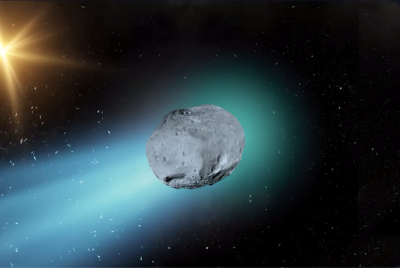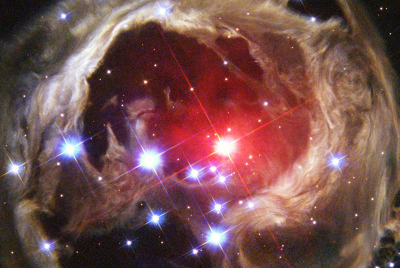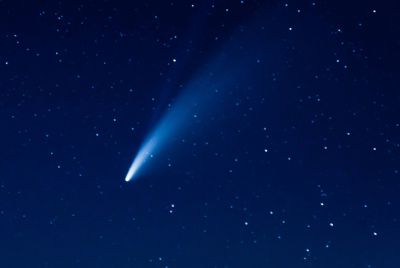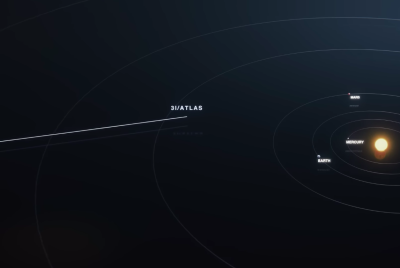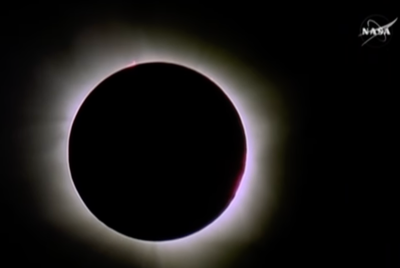Harvard Astrophysicist's October 29 Warning: What Will Happen as 3I/ATLAS Vanishes Behind the Sun?
Harvard astrophysicist's eerie warning sparks global curiosity about 3I/ATLAS
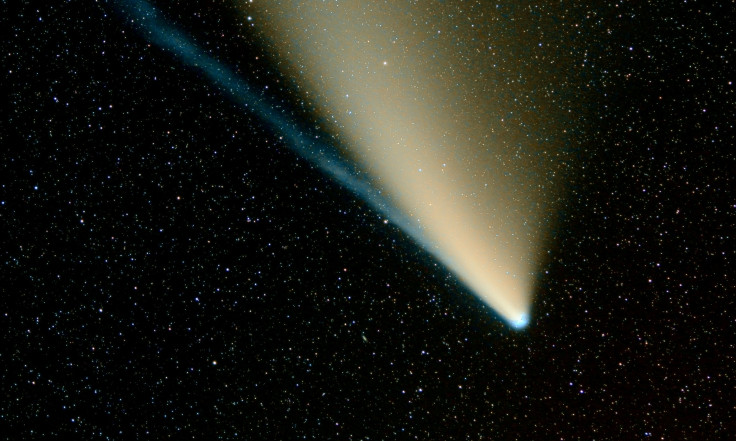
The countdown is over. October 29, the date Harvard astrophysicist Dr Avi Loeb warned the world to watch, has arrived.
For weeks, his cryptic message urging people to 'take vacations before October 29' has stirred a mix of excitement, anxiety and wild speculation across social media.
Now, as interstellar object 3I/ATLAS slips behind the Sun, both scientists and skywatchers are waiting to see whether Loeb's ominous prediction points to a major discovery, a cosmic disaster, or simply another misunderstood comet.
What Makes 3I/ATLAS So Mysterious
First discovered in July 2025, 3I/ATLAS is only the third known interstellar object ever detected passing through our solar system.
Roughly 5.6 kilometres wide and weighing an estimated 33 billion tons, it races through space at nearly 58 kilometres per second.
At first, astronomers assumed it was an ordinary comet. Then came the surprises. Observations from the Keck II telescope in Hawaii detected gas emissions rich in nickel tetracarbonyl, a compound associated with industrial activity on Earth. No natural celestial body has ever shown this chemical signature before.
Even stranger, 3I/ATLAS has a tail that points towards the Sun, not away from it, and its orbit is unusually precise, aligned within just five degrees of the planetary plane. Loeb called this 'fine-tuned', suggesting it could even be artificially engineered.
His critics dismiss that as speculation. Yet, even they admit 3I/ATLAS is among the strangest space objects ever recorded.
Loeb's Controversial Public Warning
Dr Loeb is no stranger to controversy. The Harvard astrophysicist made global headlines in 2017 when he claimed the interstellar visitor 'Oumuamua' might have been an alien probe.
Now, with 3I/ATLAS, he is doubling down.
Loeb has accused NASA of withholding data about the object's movement near Mars, describing the agency as 'tight-lipped' about its true nature. He argues that the public deserves transparency about what is really unfolding in space.
NASA has firmly denied any danger to Earth, stating that 3I/ATLAS will pass safely at a distance of millions of kilometres.
Still, Loeb insists that gravitational forces from the Sun could alter its course after October 29, a shift that, he says, 'could change everything we think we know about its trajectory.'
Why October 29 Matters
This date marks the point when 3I/ATLAS moves behind the Sun, making it invisible from Earth for several weeks.
According to Loeb, this is the 'make-or-break moment'. If the object reappears in early November showing unexplained acceleration or a deviation from its expected path, as 'Oumuamua' did, it could suggest some form of artificial propulsion.
If it behaves as predicted, the mystery might finally be resolved.
Meanwhile, global interest is skyrocketing. Amateur astronomers are livestreaming telescope feeds, while Reddit and X (formerly Twitter) are buzzing with speculation. Even sceptics admit that Loeb's cryptic warning has captured public imagination in a way few scientific debates ever do.
What Happens Next
When 3I/ATLAS emerges from behind the Sun in early November, scientists will finally know whether its path has shifted and whether Dr Loeb's warning was visionary or overblown.
If he is right, the discovery could redefine humanity's understanding of interstellar visitors and even hint at extraterrestrial technology.
If he is wrong, 3I/ATLAS will still have achieved something remarkable. It has reignited global curiosity about space and the mysteries beyond our reach.
Either way, October 29 will be remembered as the day the world looked up and wondered whether we were truly alone.
© Copyright IBTimes 2025. All rights reserved.



